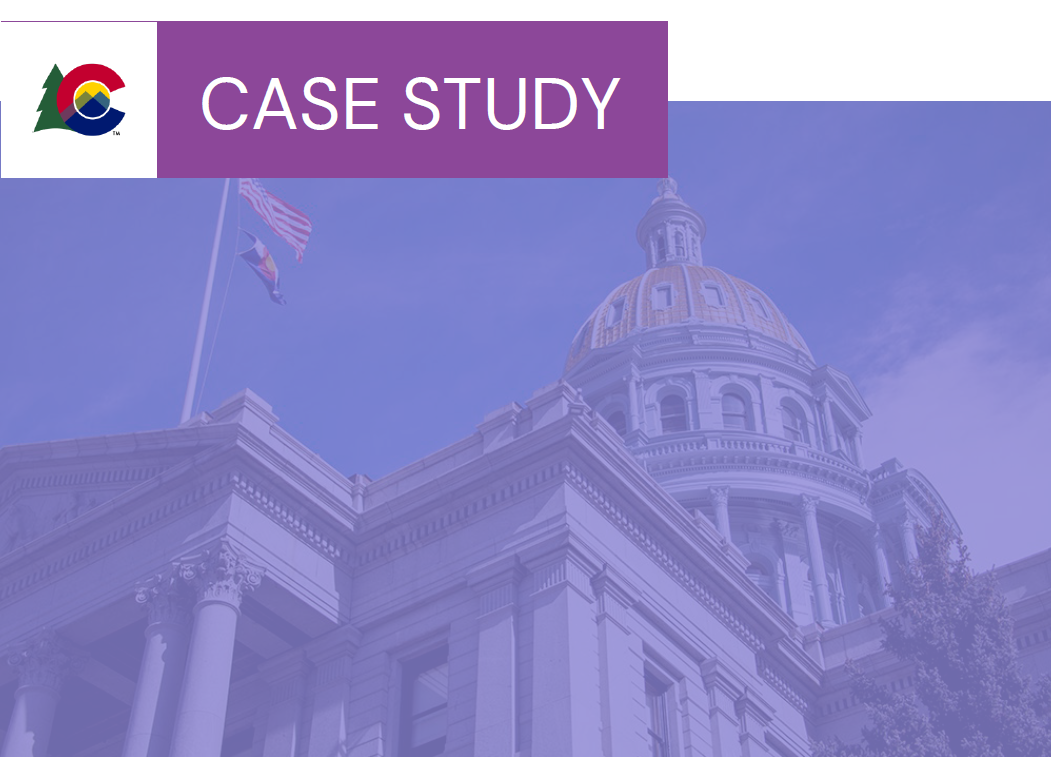With passage of the Infrastructure Investment and Jobs Act, Governors can make a transformational investment in stormwater infrastructure and provide more assistance to overburdened communities.
by Jessica Rackley and Bevin Buchheister
The American Society of Civil Engineers 2021 Infrastructure Report Card notes that damages from urban flooding causes $9 billion in losses annually. Yet, across the country, stormwater remains the least funded of the water infrastructure needs. At the same time, the country has started to recognize that existing funding structures for infrastructure and other priorities should be more equitable. For communities already struggling to remain financially solvent and provide basic services, the added cost of stormwater management is sometimes overlooked, causing the community further harm from flooding and environmental degradation.
The recent passage of the Infrastructure Investment and Jobs Act (IIJA) provides a historic $55 billion dollars over five years for water infrastructure needs. The Administration just published a guidebook for the funding which can be found here: Guidebook for the Bipartisan Infrastructure Law with a specific section on water funding.
This important investment will help Governors address the $434 billion investment gap that the American Society of Civil Engineers estimates over ten years for drinking water, wastewater, and stormwater combined. The IIJA water funding includes
1. Safe Drinking Water
- $11.7 billion to the Drinking Water State Revolving Fund (SRF).
- $15 billion to the Drinking Water SRF for Lead Service Line Replacement.
- $4 billion to the Drinking Water SRF for Emerging Contaminants.
- $5 billion to Water Infrastructure Improvements for the Nation (WIIN) Grants to address emerging contaminants.
2. Clean Water
- $11.7 billion for the Clean Water State Revolving Fund SRF.
- $1 billion for the Clean Water SRF for Emerging Contaminants.
3. Protecting Regional Waters
- $1.7 billion for Geographic Programs.
- $267 million for the National Estuary Program, Gulf Hypoxia Program, and more.
The National Governors Association (NGA) Center for Best Practices has been working with Governors and their advisors on addressing the gap in water infrastructure funding using equitable approaches to ensure that all communities benefit from IIJA funding. Recent NGA work includes:
- In 2021, NGA hosted an expert’s roundtable on equitable approaches to stormwater funding focused on the Delaware River Basin states – Delaware, New Jersey, New York and Pennsylvania. Presentations from this event can be accessed here.
- In early 2022, NGA released a paper with findings from this 2021 expert’s roundtable. This paper outlines actions that Governors and states can take to fund stormwater infrastructure in equitable ways. IIJA funding for stormwater infrastructure is also highlighted in this paper and below.
- NGA continues to provide resources to Governors and their staff regarding IIJA implementation and has a number of resources available that can be accessed here: IIJA Implementation Resources – National Governors Association (nga.org)
Infrastructure Investment and Jobs Act (IIJA)
With passage of the Infrastructure Investment and Jobs Act, Governors can make a transformational investment in stormwater infrastructure and provide more assistance to overburdened communities. The Act provides $11.7 billion in additional funding for the Clean Water State Revolving Funds, over the next five years, which is traditionally used for wastewater projects but can also be used for stormwater infrastructure projects. The IIJA’s Clean Water State Revolving Fund provisions require that 49% of the funds to be used for additional subsidization, in the form of grants and principal forgiveness of loans, for communities that meet affordability criteria set by the states.[3] Among other things, affordability criteria must consider whether the community would experience substantial hardship raising revenue to finance a project without additional subsidization and can consider other data relevant to the state.
Also, for the first time, states will be able to use 2% of their Clean Water State Revolving Fund federal capitalization grant to pay for technical assistance for rural, small and publicly owned treatment works. States that have been providing technical assistance, with funding from state funds or administration fees, can now use these additional funds for increased outreach to ensure overburdened communities are aware of the funding opportunities. In addition, the state matching funds required to receive the federal capitalization grant are reduced to 10% for 2022-2023 and returns to 20% in 2024-2026.
The EPA released annual state IIJA Clean Water State Revolving Fund allocations for 2022 here. Funds are not expected to be received by states and utilities until spring 2022. The normal fiscal year 2022 funding for the Clean Water State Revolving Fund, expected to be around $1.7 billion, will be provided once Congress approves an appropriations package.













